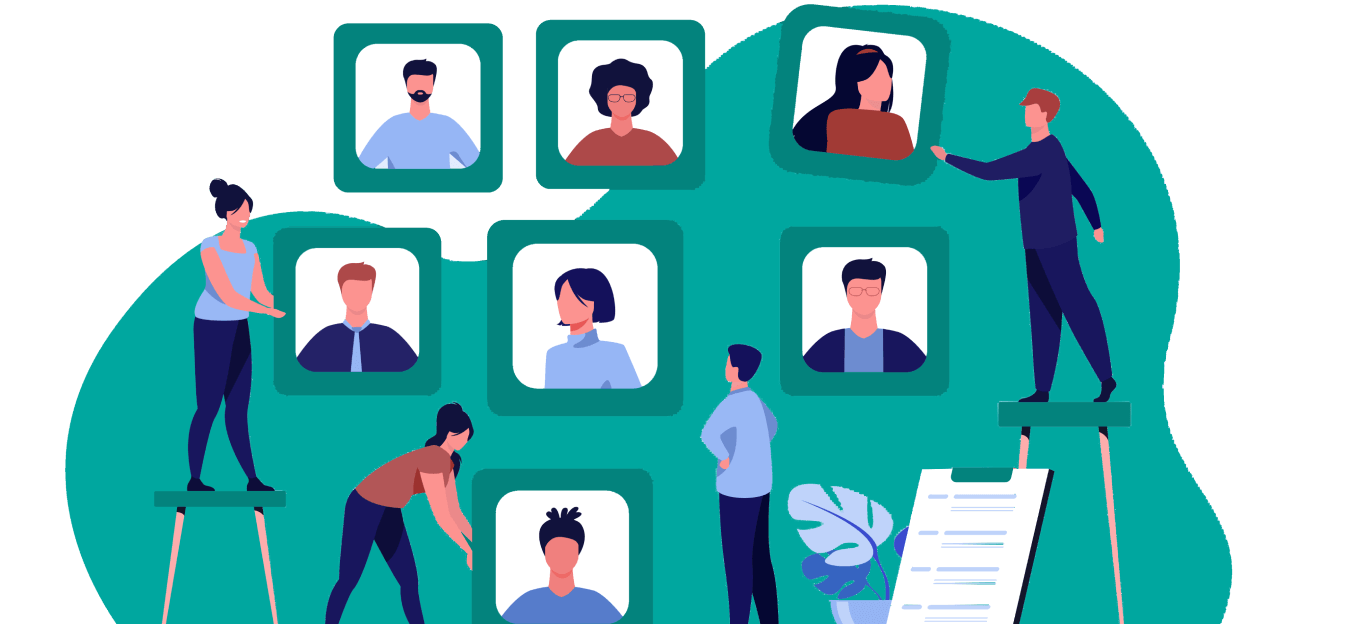Picture this: Your hiring demands spike unexpectedly, and your team scrambles to keep up—adding recruiters, juggling platform subscriptions, and stretching budgets. Yet when the rush is over, you’re left with fixed costs: salaries, benefits, and software licenses that weigh heavy during quieter periods.
Sound familiar? Traditional recruitment methods cannot adapt to the ebb and flow of hiring demands, creating inefficiencies that drain time and resources.
This is where AI tools shine. Unlike traditional methods, AI-powered recruitment platforms are inherently flexible and capable of scaling alongside your hiring needs. Whether you’re hiring for one role or fifty, AI tools can adapt in real-time, sourcing candidates, screening resumes, and automating communications with consistent efficiency. But how is AI being used, and what are the tangible benefits? Let’s explore the numbers and how AI reshapes the recruitment landscape.
How AI is Changing Recruitment?
Predictive Analytics for Better Hiring Decisions
Predictive analytics uses historical data and machine learning to forecast candidate success, retention, and cultural fit. Tools like Pymetrics assess candidates’ behavioral traits through gamified tests, providing insights into their potential performance.
The Impact:
- Improved Retention: Companies using predictive analytics report 23% lower turnover rates among new hires.
- Reduced Bias: These tools focus on data rather than subjective judgments, leading to a 30% increase in diversity hires.
Example: Amazon uses AI-driven predictive analytics to match internal candidates with open positions, increasing internal mobility and reducing hiring costs.
AI-driven Candidate Sourcing
AI tools proactively search through platforms like LinkedIn, GitHub, and niche job boards to find passive candidates who fit the job description. Tools like Entelo and SeekOut also provide insights into candidate availability and interest.
The Impact:
- Broader Reach: AI expands sourcing efforts, reaching 40% more passive candidates than traditional methods.
- Better Conversions: Recruiters using AI sourcing tools report 3x higher response rates due to personalized outreach.
Example: Netflix leverages AI for talent mapping, enabling the company to source top-tier creatives for its content production teams globally.
Chatbots and Virtual Assistants for Candidate Engagement
AI chatbots like Mya and Olivia engage candidates in real time, answering FAQs, scheduling interviews, and keeping candidates updated throughout the hiring process.
The Impact:
- Enhanced Candidate Experience: Chatbots reduce response times by 60%, ensuring candidates stay engaged.
- Higher Application Completion Rates: Companies using chatbots report a 35% increase in completed applications.
Example: L’Oréal adopted an AI chatbot to handle over 200,000 candidate queries in a year, significantly improving the candidate experience while reducing recruiter workload.
Sentiment Analysis for Employer Branding
AI-powered tools analyze candidate feedback, Glassdoor reviews, and social media mentions to gauge how candidates perceive your employer brand.
The Impact:
- Brand Insights: Companies using sentiment analysis improve their employer branding strategies, leading to a 20% increase in applicant quality.
- Proactive Solutions: Sentiment analysis highlights pain points in the hiring process, enabling companies to make real-time adjustments.
Example: Intel uses AI to monitor employer brand sentiment, enabling quick responses to negative feedback and enhancing its appeal to top engineering talent.
Conclusion
AI is not just an efficient tool—it’s a strategic partner in shaping the future of recruitment. By leveraging AI in sourcing, screening, engagement, and decision-making, companies can enhance candidate experiences, build diverse teams, and achieve better hiring outcomes.
The recruitment industry in 2025 will be about more than filling roles—it will also be about creating smarter, more inclusive, and more efficient processes. Are you prepared to embrace AI and spearhead this transformation?












